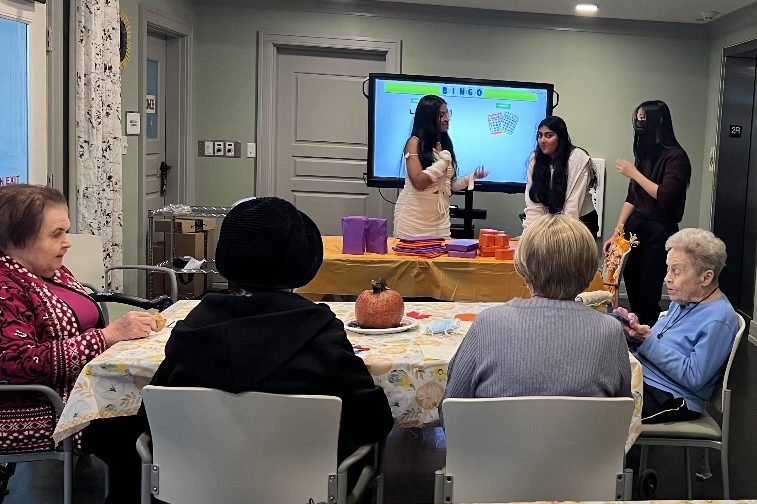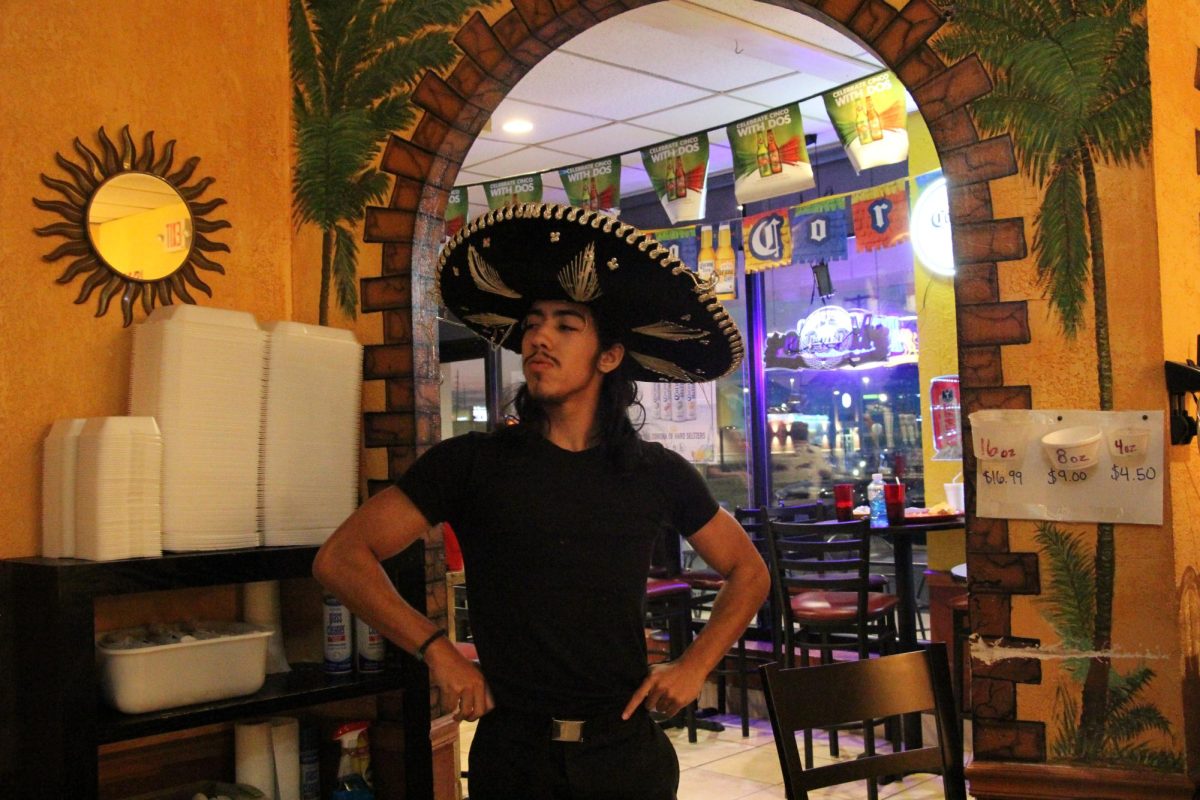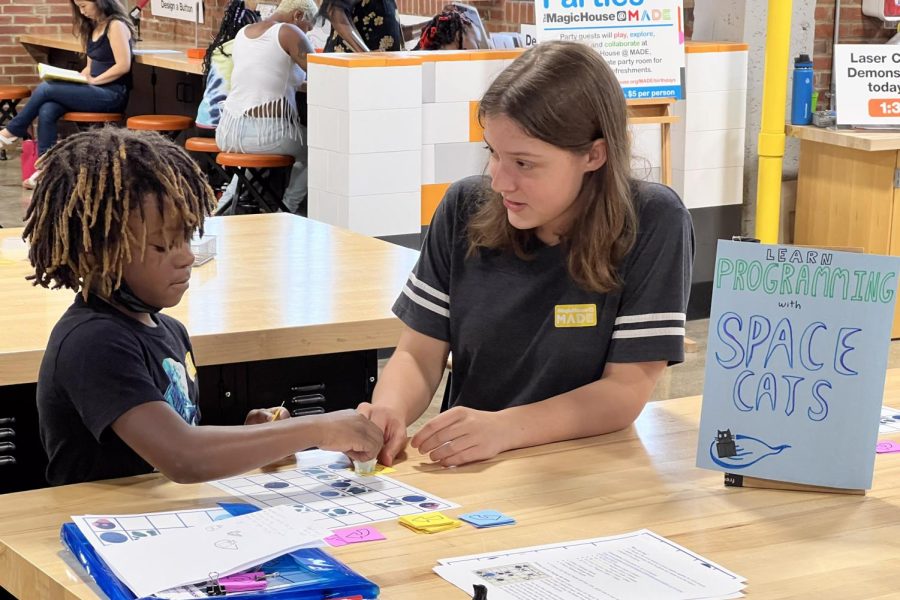For over 40 years, the Missouri Botanical Gardens has brought a slice of Japanese culture to St. Louis through a Labor Day weekend event: the Japanese Festival. Although the event doesn’t honor a particular holiday, it helps Japanese and non-Japanese people celebrate the ancient culture locally.
Opening with Japanese school students pulling the Dashi–the Japanese Float–the program features Taiko drummers, Sumo wrestling, a tea ceremony and activity booths with Origami, Japanese calligraphy, Kimonos, souvenirs for audiences.
“It’s kind of like Mardi Gras with all the floats that go around,” junior Akiko Field said.
Since she first came to the United States eight years ago, Field has been participating in the festival through her Japanese Language School.
“My mom really wanted me [and my sister] to keep up with the Japanese language and our culture because that’s where we’re from,” she said. “[Our Japanese school] has all the students get together. It’s kind of half volunteer, half a fun field trip for everybody.”
The 57-year-old festival is run by multiple groups in St. Louis, and Field’s Japanese school is one of the bigger contributors, with its students helping out in various events.
In the past, Field says she used to participate with the Japanese dance and drums. But after graduating from the Japanese school in February, she says she will have a new duty of walking with the first graders this year, guiding them through beating Taiko drums and pulling the float.
“In Japanese school they teach Japanese and math, but also culture and history. It’s really fun to teach the younger students that ‘this is what’s a part of you’,” she said.
Sometimes, Field says, the school also sets up scavenger hunts and gives their students learning opportunities when they set up the event. “It’s not just the people who’re watching the Botanical Garden [festival], but as Japanese school students, [we] also get to learn and present our culture,” she said.
Due to the rise in popularity of anime and Pokemon, Field said she has noticed more curious non-Japanese people attending the festival, wearing kimonos or cosplays. Eventually, people end up asking her many questions, learning much more about Japanese culture beyond its modern media.
“I love it so much. It makes me really happy to see people do find this interesting and they are willing to take time out of their day just to go out and learn something new, and even spark a new interest,” Field said.
As a result, Field says some people develop their interest so far they end up signing up for Japanese classes. A part of the Japanese school is an international class, in which non-Japanese people can learn basic Japanese conversation, reading and writing. The teacher, Webster University instructor Hitomi Salini, says she uses the event as a way to recruit new students to join the class.
“We have a QR code to collect students,” Salini said. “But my class is already full. Students who are interested are put on the waiting list.”
Field says she always encourages her friends and family to show up, not just to watch her perform, but also to enjoy the magical experience. At the end of the day, the event always exceeds expectations for people who had no idea what to expect, she says.
“This is what we do and this is what we can show people,” Field said. “It’s always exciting to talk about something that’s special about you. And whenever I get to show it, even if it’s just a simple dance, it really just makes everything so much more fun.”

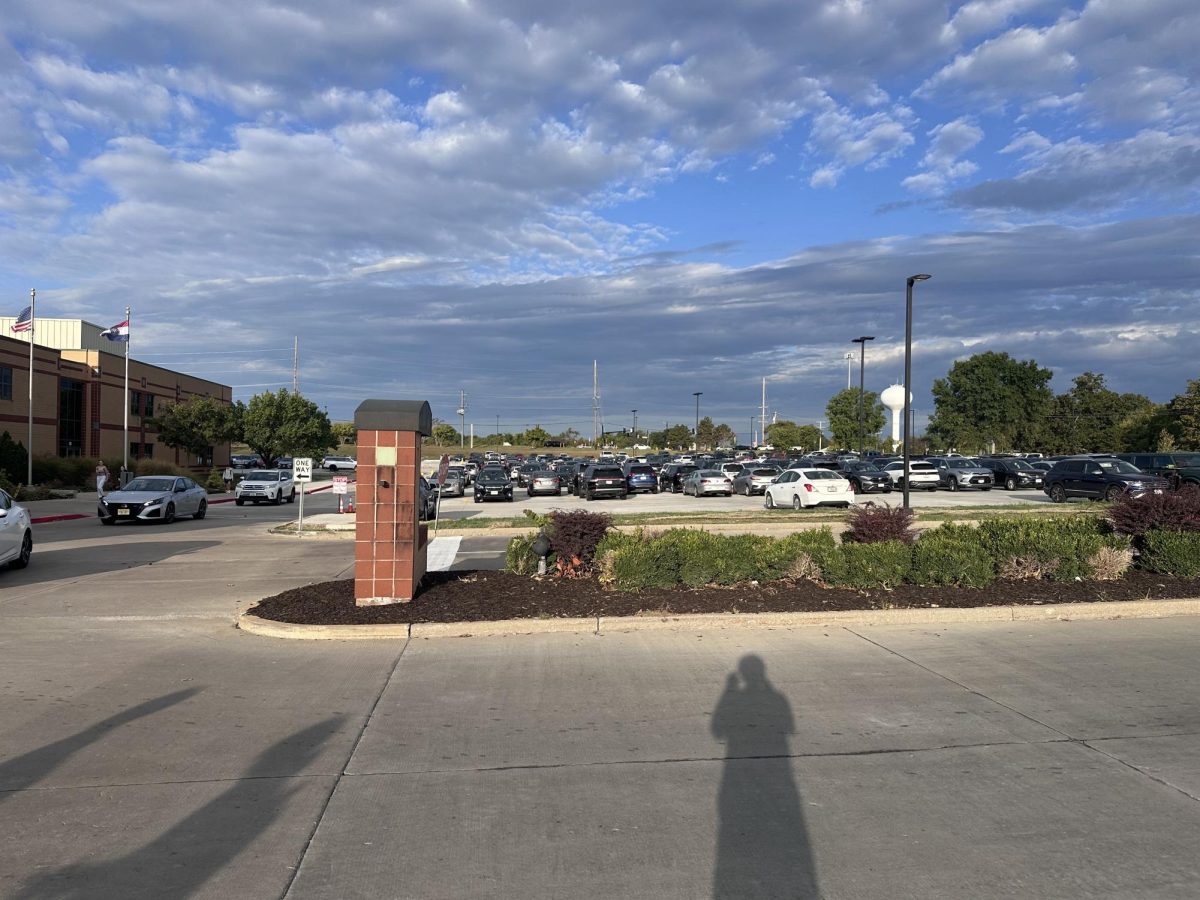


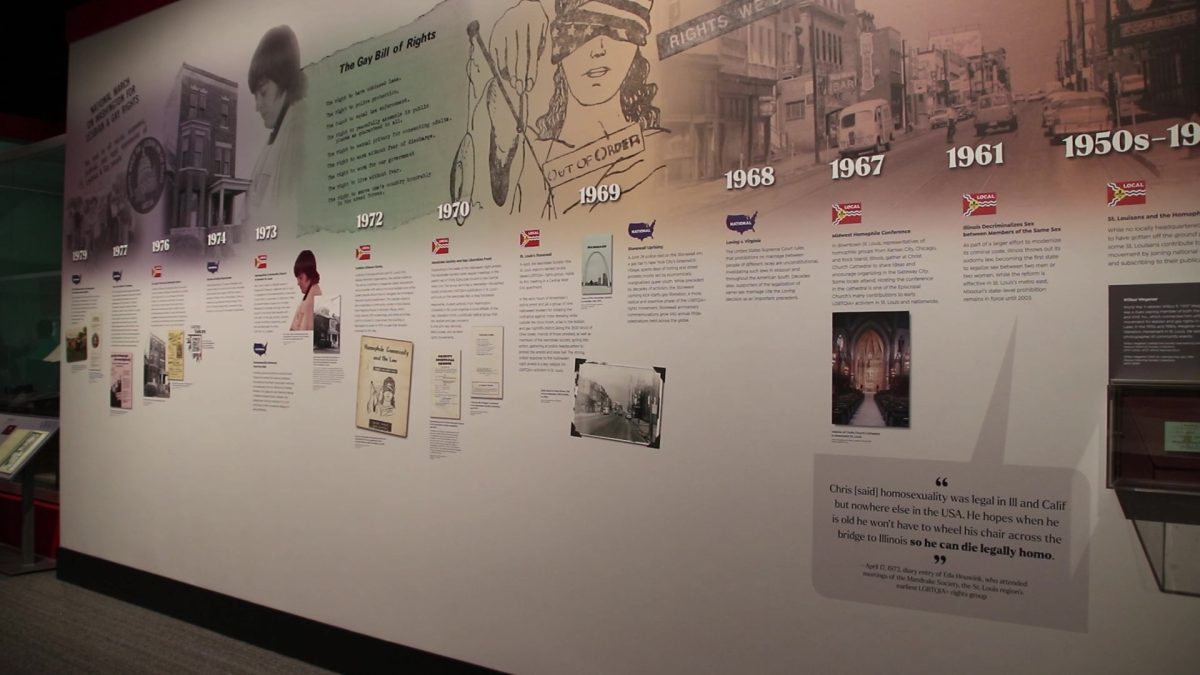






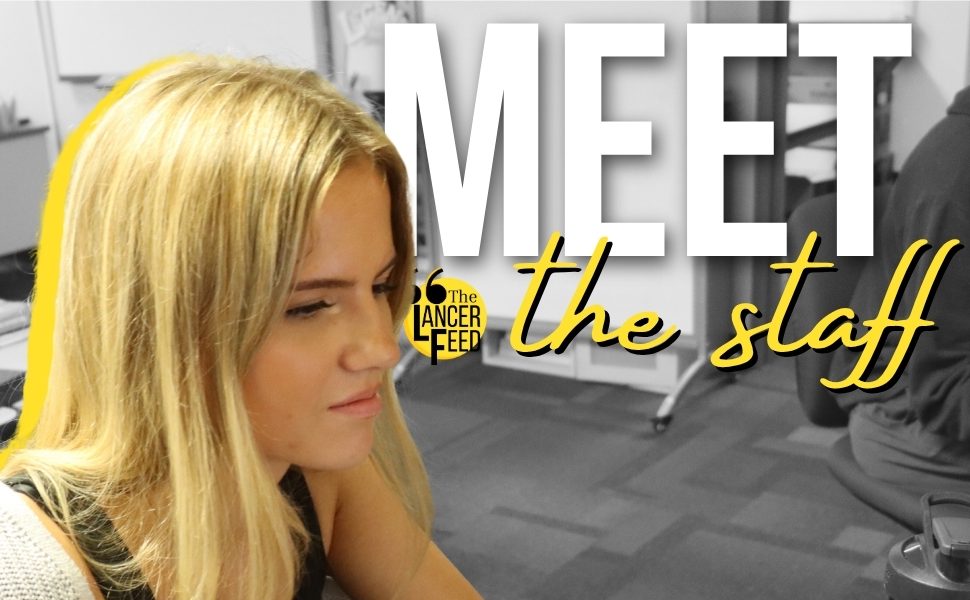

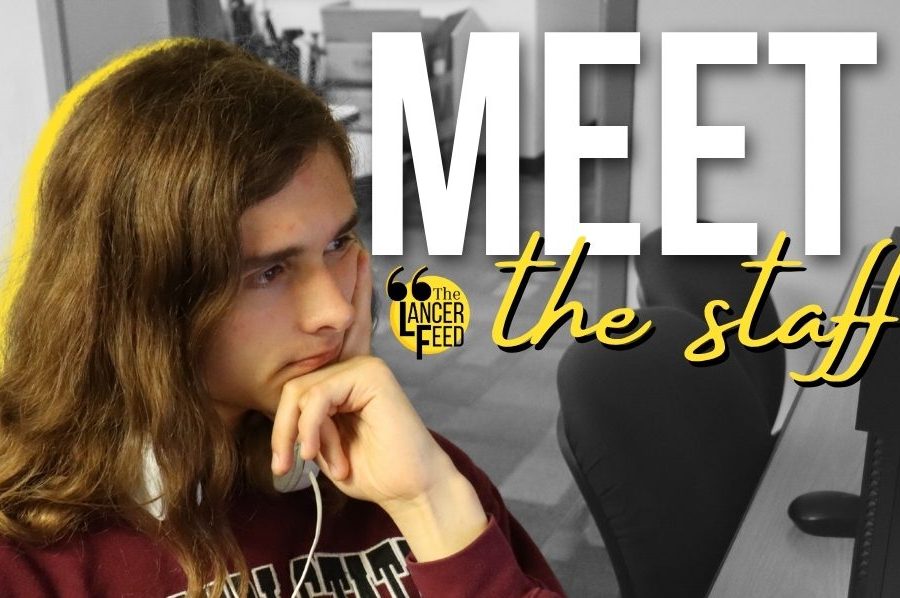
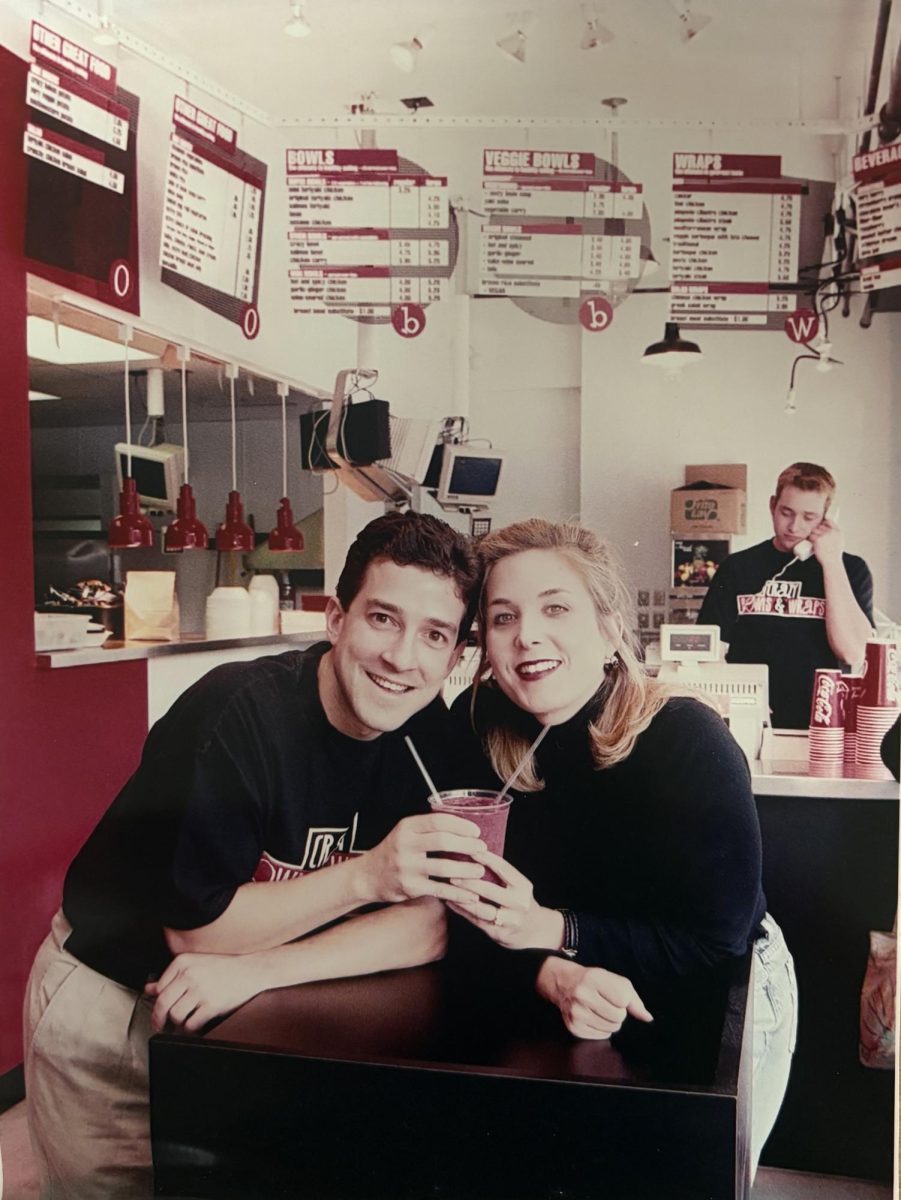

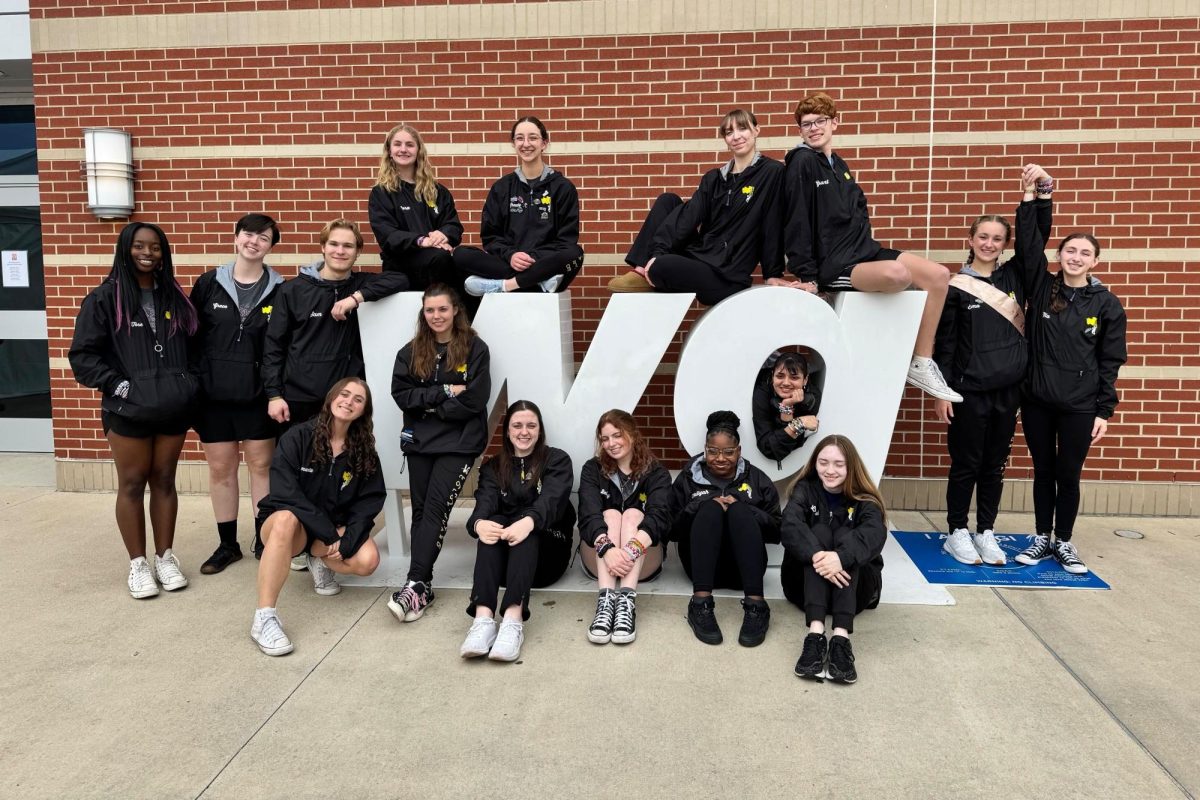


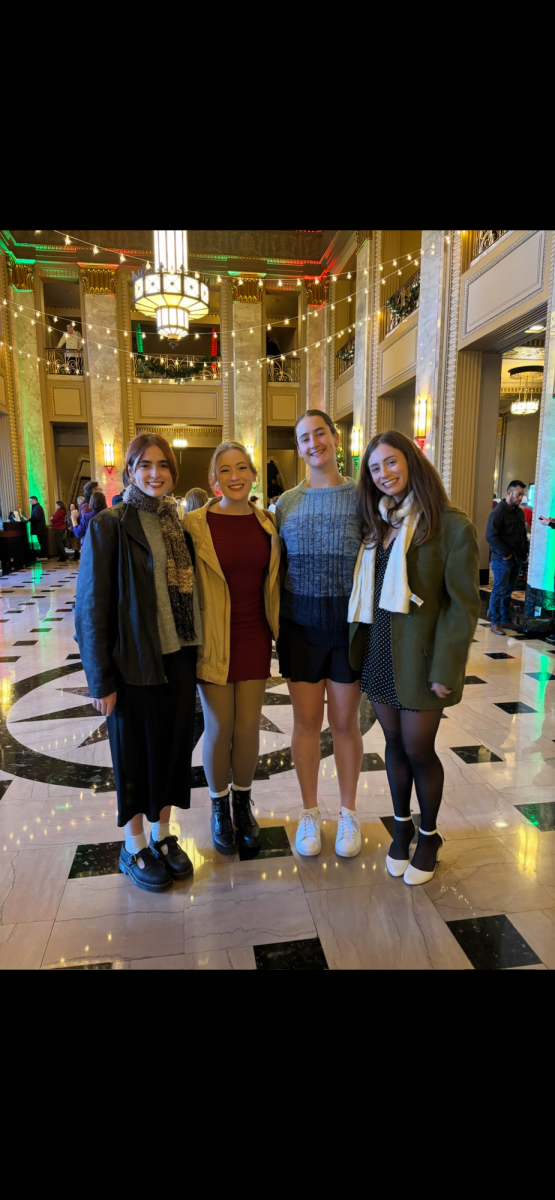




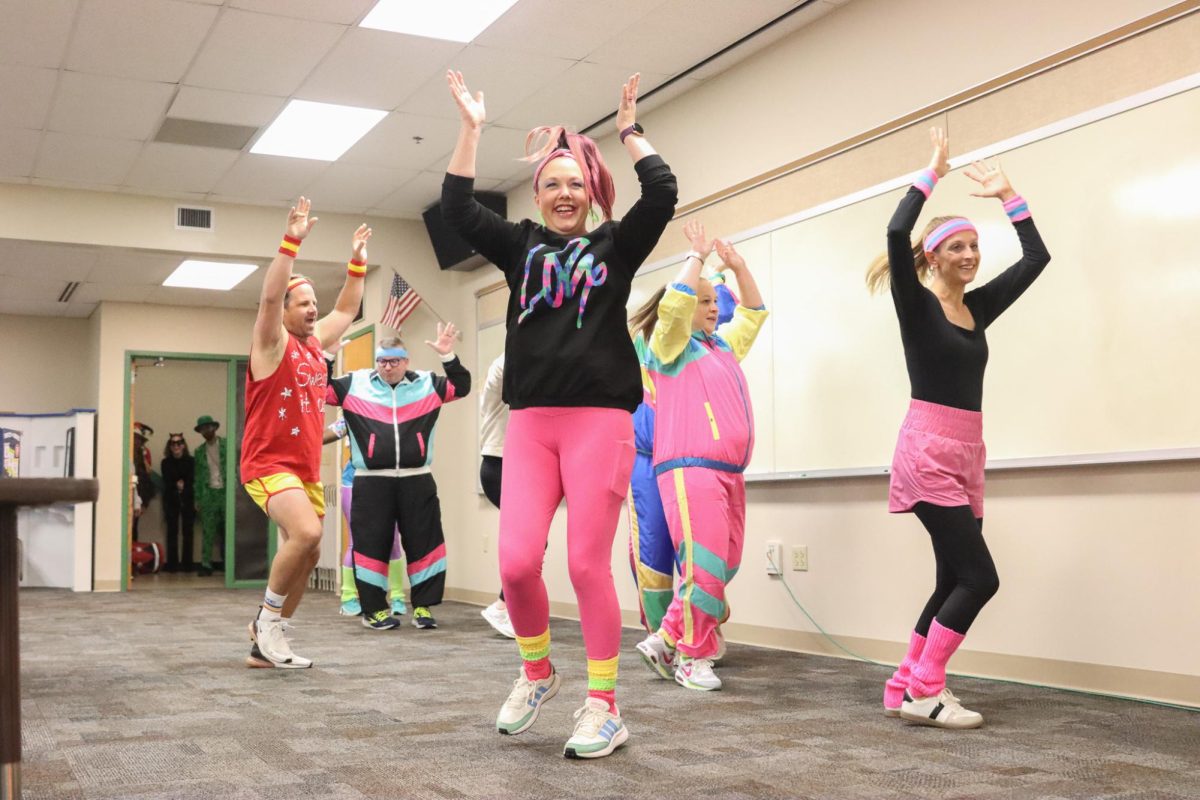
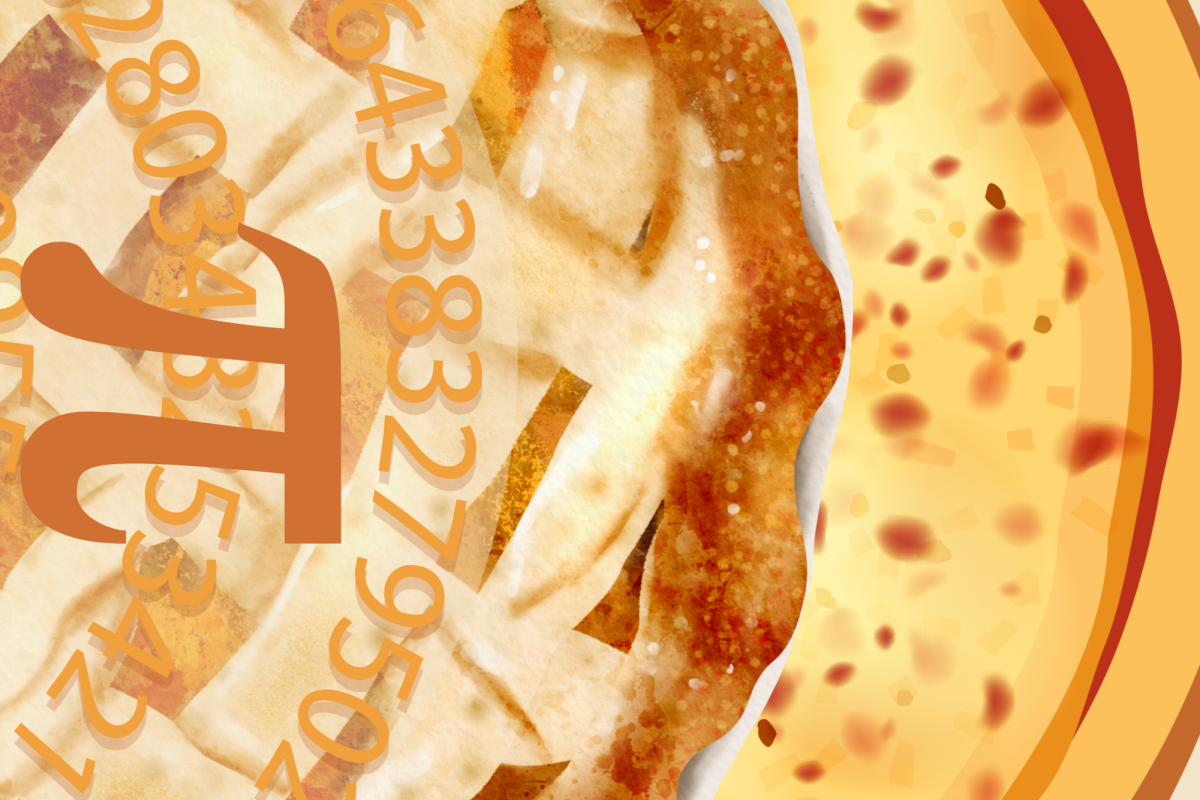

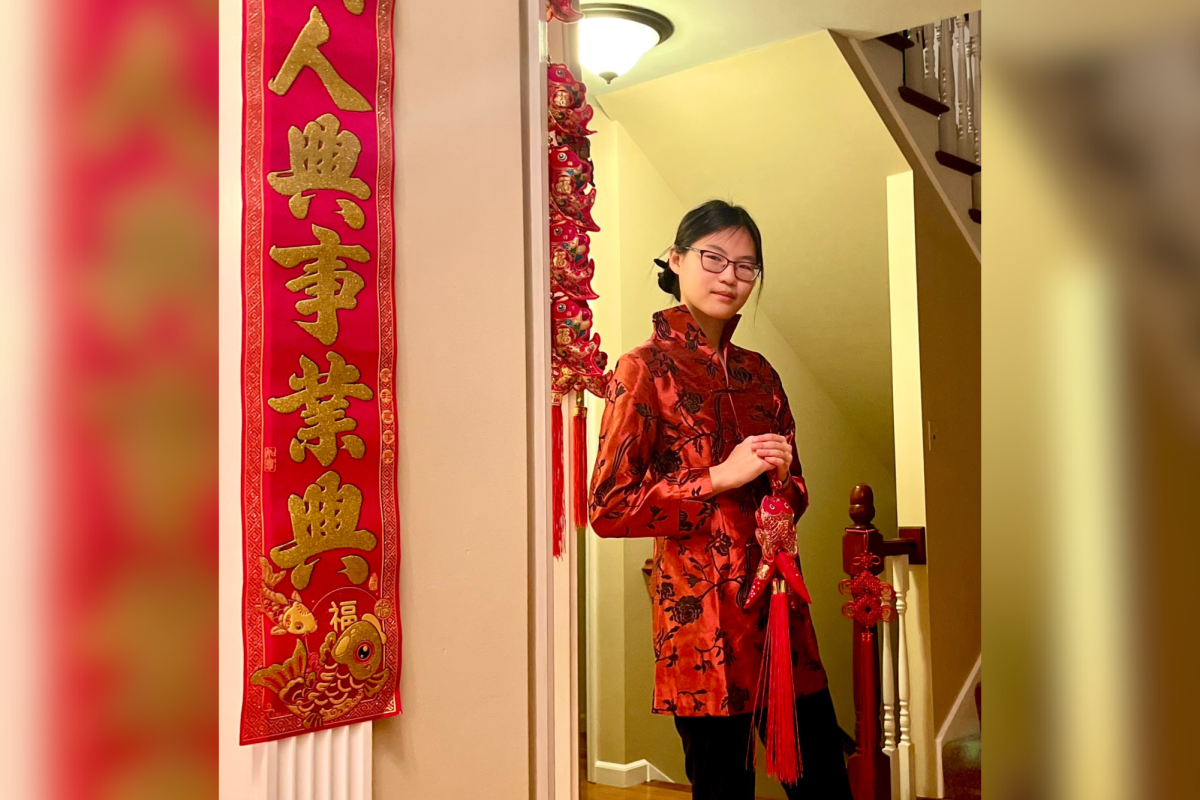

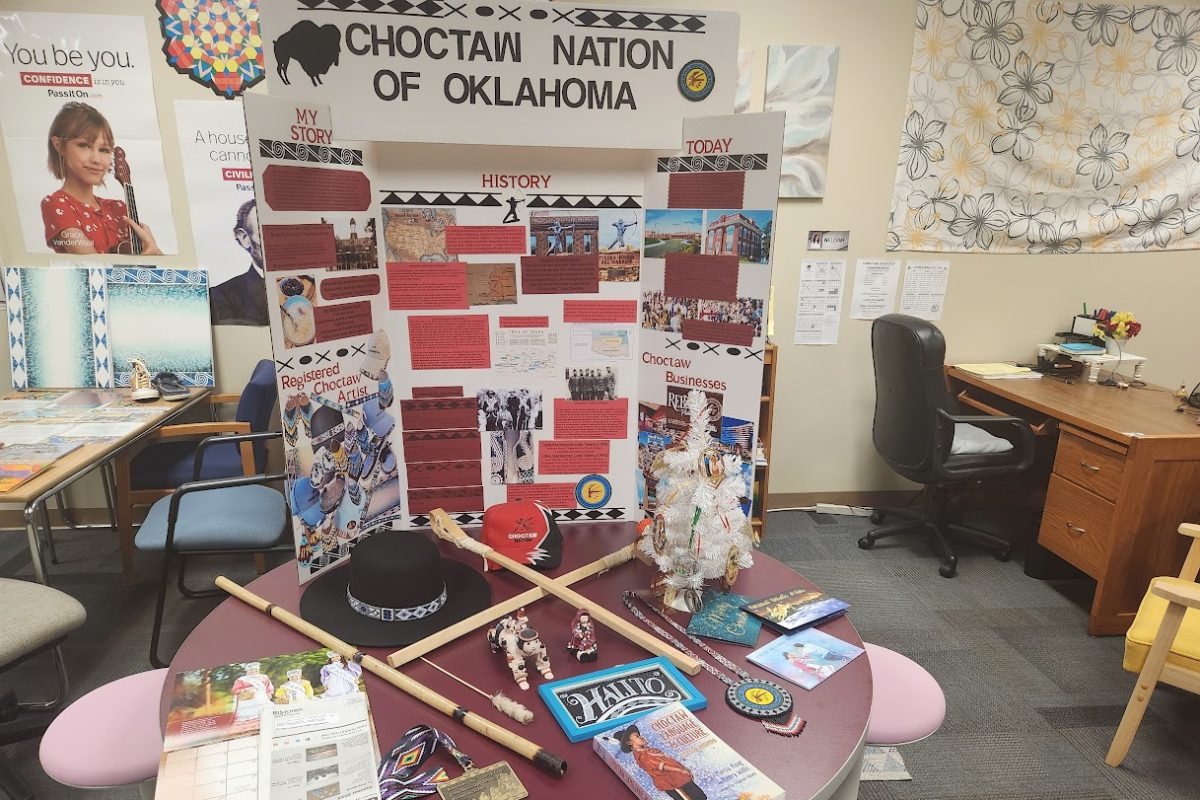

![For the Japanese Festival Opening Ceremony, performers play Taiko drums. The event is hosted in the Botanical Gardens due to having one of the largest Japanese gardens in the United States. "The garden [has] cherry blossoms, Japanese palm trees, a beautiful lake and a bonsai, very Japanese style. There’s a lot of Japanese related events because of that," Webster University instructor Hitomi Salini said.
Photo Courtesy Of Nathan Kwarta](https://lancerfeed.press/wp-content/uploads/2024/08/Taiko_Opening_Ceremony_Nathan-Kwarta_230902_031-1200x800.jpg)

